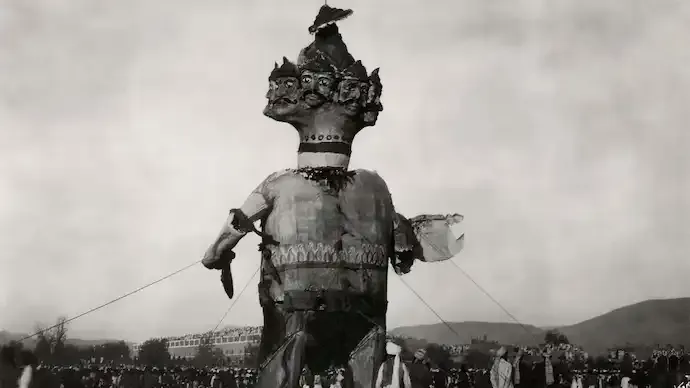Shopping cart
Your cart empty!
Terms of use dolor sit amet consectetur, adipisicing elit. Recusandae provident ullam aperiam quo ad non corrupti sit vel quam repellat ipsa quod sed, repellendus adipisci, ducimus ea modi odio assumenda.
Lorem ipsum dolor sit amet consectetur adipisicing elit. Sequi, cum esse possimus officiis amet ea voluptatibus libero! Dolorum assumenda esse, deserunt ipsum ad iusto! Praesentium error nobis tenetur at, quis nostrum facere excepturi architecto totam.
Lorem ipsum dolor sit amet consectetur adipisicing elit. Inventore, soluta alias eaque modi ipsum sint iusto fugiat vero velit rerum.
Sequi, cum esse possimus officiis amet ea voluptatibus libero! Dolorum assumenda esse, deserunt ipsum ad iusto! Praesentium error nobis tenetur at, quis nostrum facere excepturi architecto totam.
Lorem ipsum dolor sit amet consectetur adipisicing elit. Inventore, soluta alias eaque modi ipsum sint iusto fugiat vero velit rerum.
Dolor sit amet consectetur adipisicing elit. Sequi, cum esse possimus officiis amet ea voluptatibus libero! Dolorum assumenda esse, deserunt ipsum ad iusto! Praesentium error nobis tenetur at, quis nostrum facere excepturi architecto totam.
Lorem ipsum dolor sit amet consectetur adipisicing elit. Inventore, soluta alias eaque modi ipsum sint iusto fugiat vero velit rerum.
Sit amet consectetur adipisicing elit. Sequi, cum esse possimus officiis amet ea voluptatibus libero! Dolorum assumenda esse, deserunt ipsum ad iusto! Praesentium error nobis tenetur at, quis nostrum facere excepturi architecto totam.
Lorem ipsum dolor sit amet consectetur adipisicing elit. Inventore, soluta alias eaque modi ipsum sint iusto fugiat vero velit rerum.
Do you agree to our terms? Sign up

In the 1920s, the cold deserts of Quetta, Balochistan, witnessed a ritual that seems unimaginable today: the burning of Ravana’s effigies during Dussehra. This festival, once central to the region’s Hindu community, brought people together in celebration and devotion. From Quetta to Lahore and Sindh, Dussehra thrived across what is now Pakistan, marking a period of religious and cultural vibrancy.
Dussehra in Colonial Balochistan
British records and photographs from the 1930s reveal the grandeur of these celebrations. Private A. Baird of the Royal Scots captured a towering, multi-headed Ravana effigy in Quetta in 1931, documenting a tradition that united Hindus across Kalat, Kharan, Las Bela, and Makran. Despite political instability and the province being a British buffer zone, Hindu rituals continued unabated.
Hindu Origins in the Region
Hindus in Balochistan trace their roots to ancient dynasties and migrations. The Hindus of Kalat claim descent from the Sewa dynasty, the Bhatia of Las Bela arrived around 708 AD, and some families migrated from Aleppo with Chakar the Rind. By the 19th century, Hindus were prominent in trade, finance, and administration. The Hinglaj Mata temple on the Makran coast became a sacred site, attracting pilgrims from both Hindu and Muslim communities.
Ramlila and Effigy Burning
Dussehra festivities in Quetta often featured compressed Ramlila performances over two or three nights, with children portraying Rama, Lakshman, and Hanuman. The burning of Ravana’s effigy marked the climax, symbolizing the victory of good over evil. Though less elaborate than in North India, the celebration held immense local significance.
Political Changes and Decline
The late 1940s brought dramatic shifts. Following Partition and the accession of Kalat to Pakistan, many Hindu families migrated, leaving behind temples and cultural practices. The Dussehra fairs of Quetta ended abruptly, while remnants of Navratri continued in Lasbela and Kalat.
Hinglaj Yatra and Lingering Heritage
The Hinglaj pilgrimage still attracts thousands, maintaining the spiritual tone of victory and purification reminiscent of Dussehra. Other historic temples, including the Sun Temple in Multan, Prahladpuri, and Totla Mai, now lie in ruins.
A Cultural Memory
The Hindu population in Balochistan dropped dramatically from 14.6% in 1941 to just over 2% in later decades. Today, only memories, photographs, and oral traditions preserve the story of Dussehra in the region—a festival that once united communities, celebrated culture, and marked faith at the western edge of India.
The story of Dussehra in Balochistan reminds us of how traditions flourish, fade, and survive in memory, even after physical spaces and communities disperse.
5
Published: Oct 03, 2025